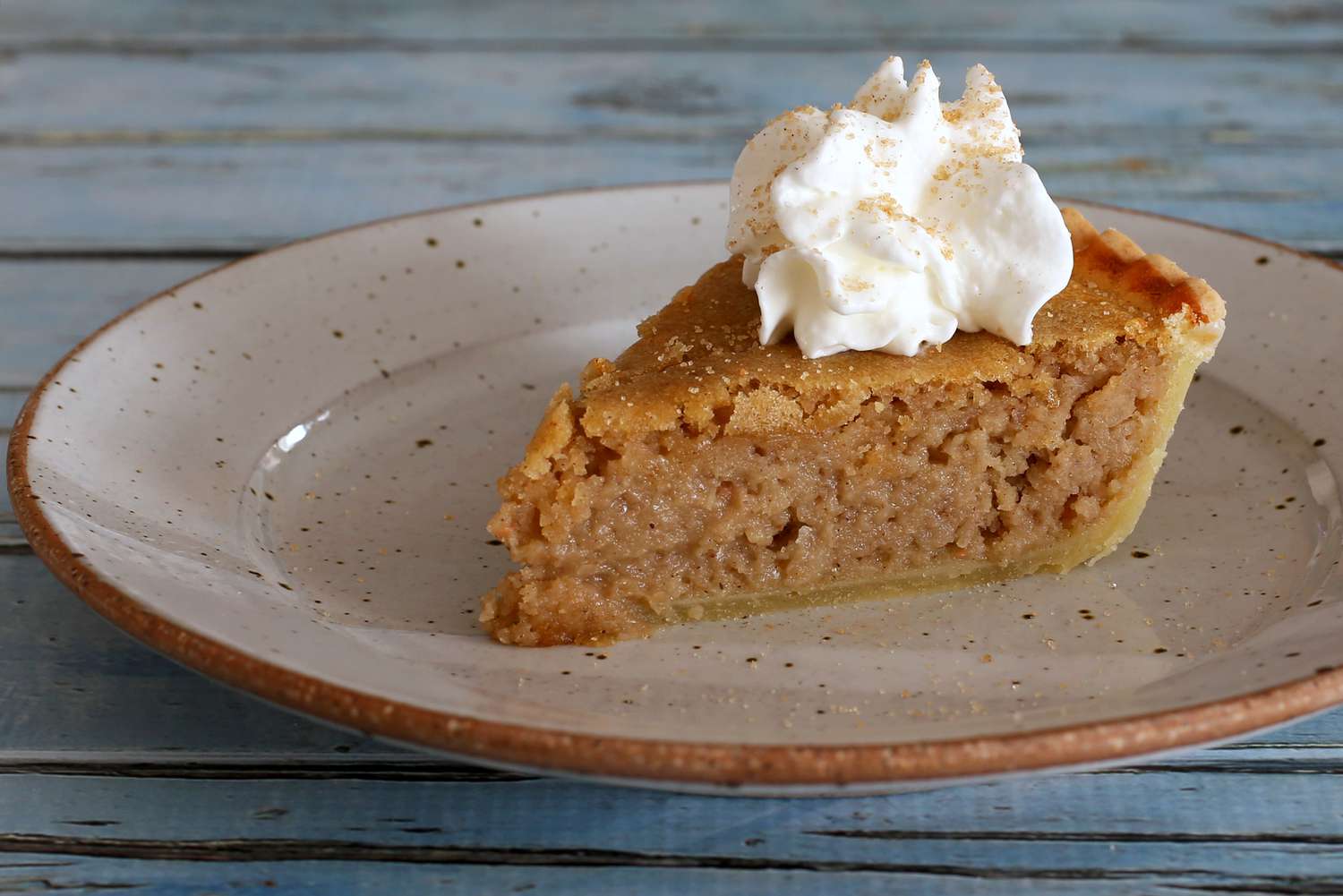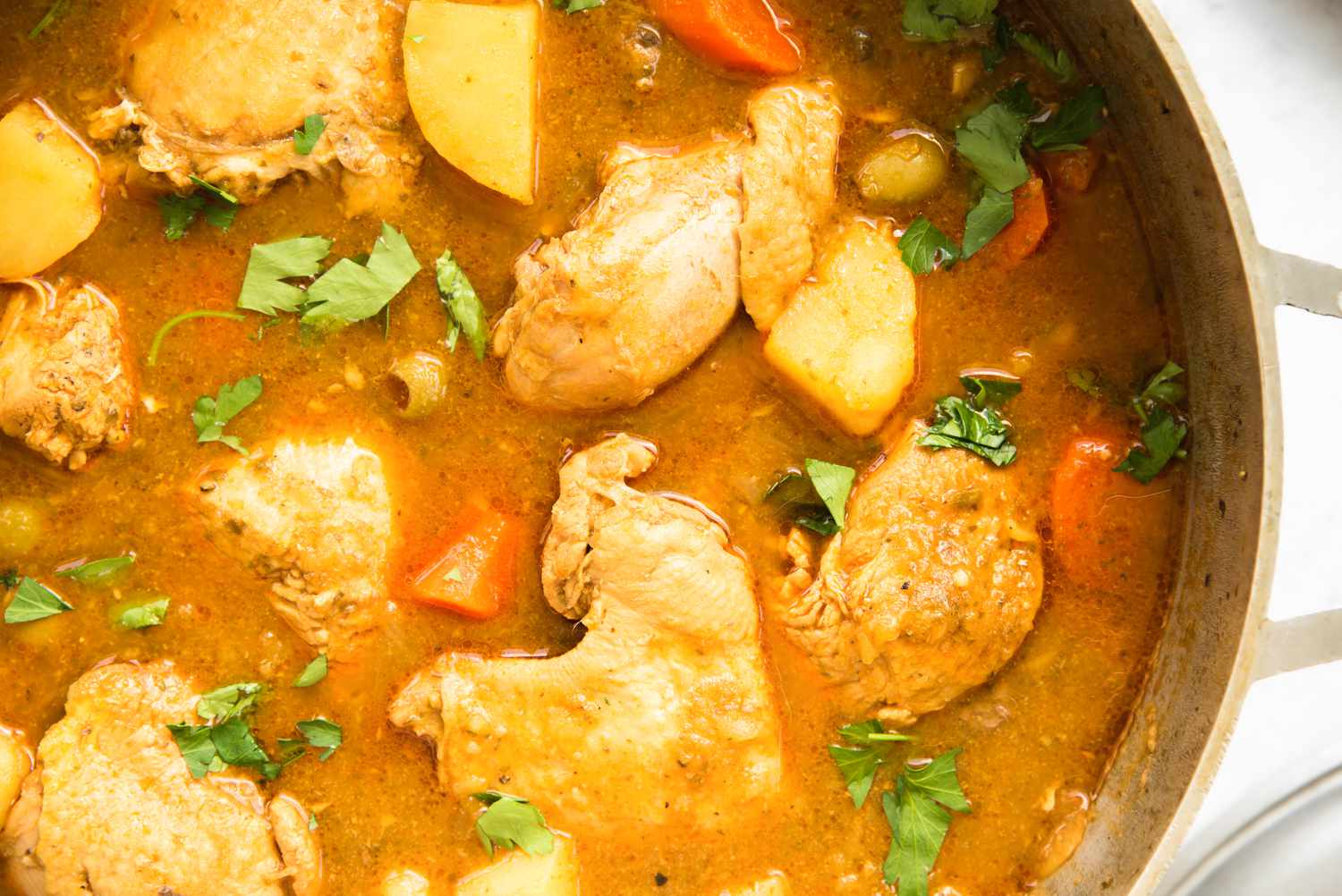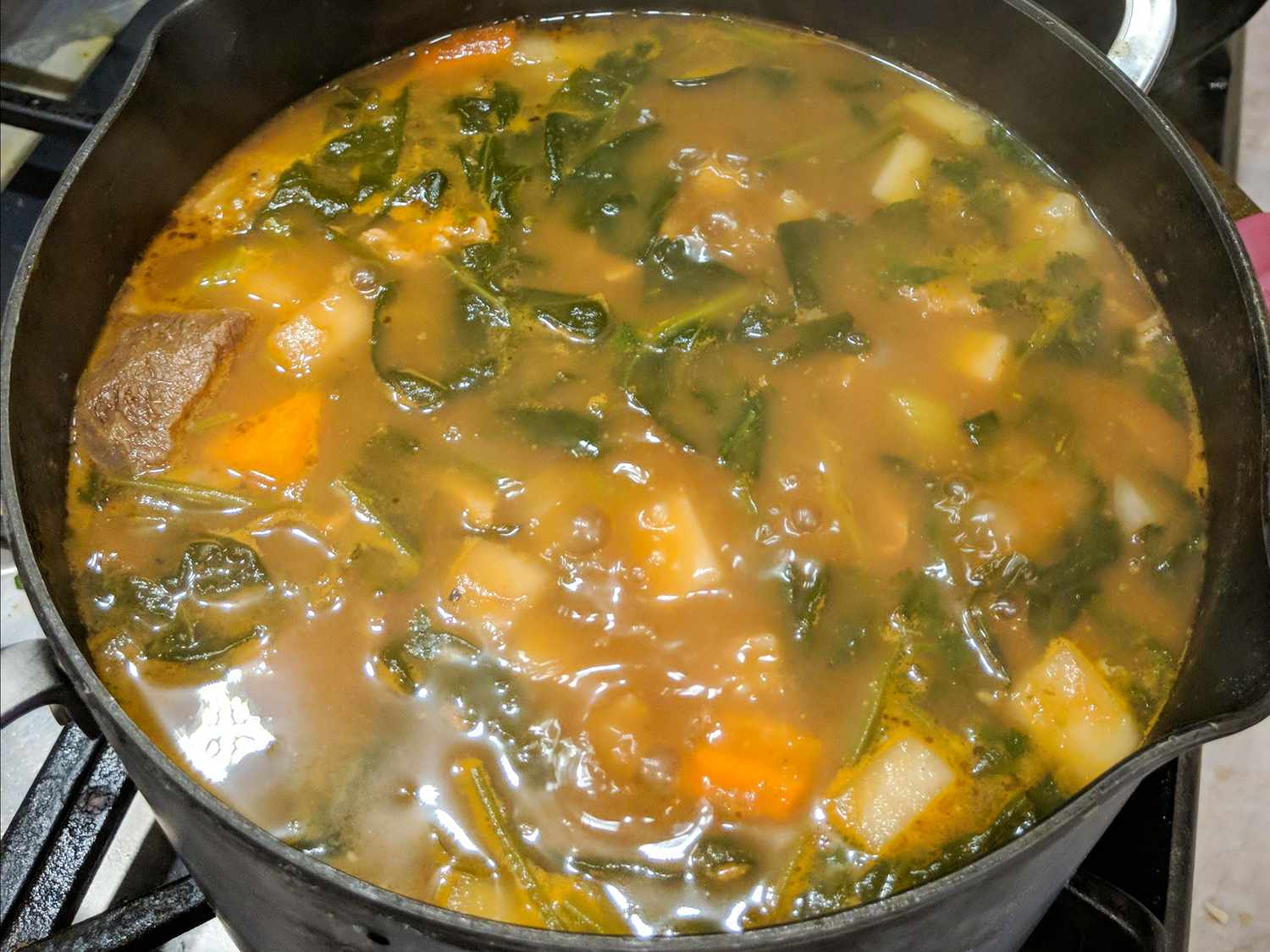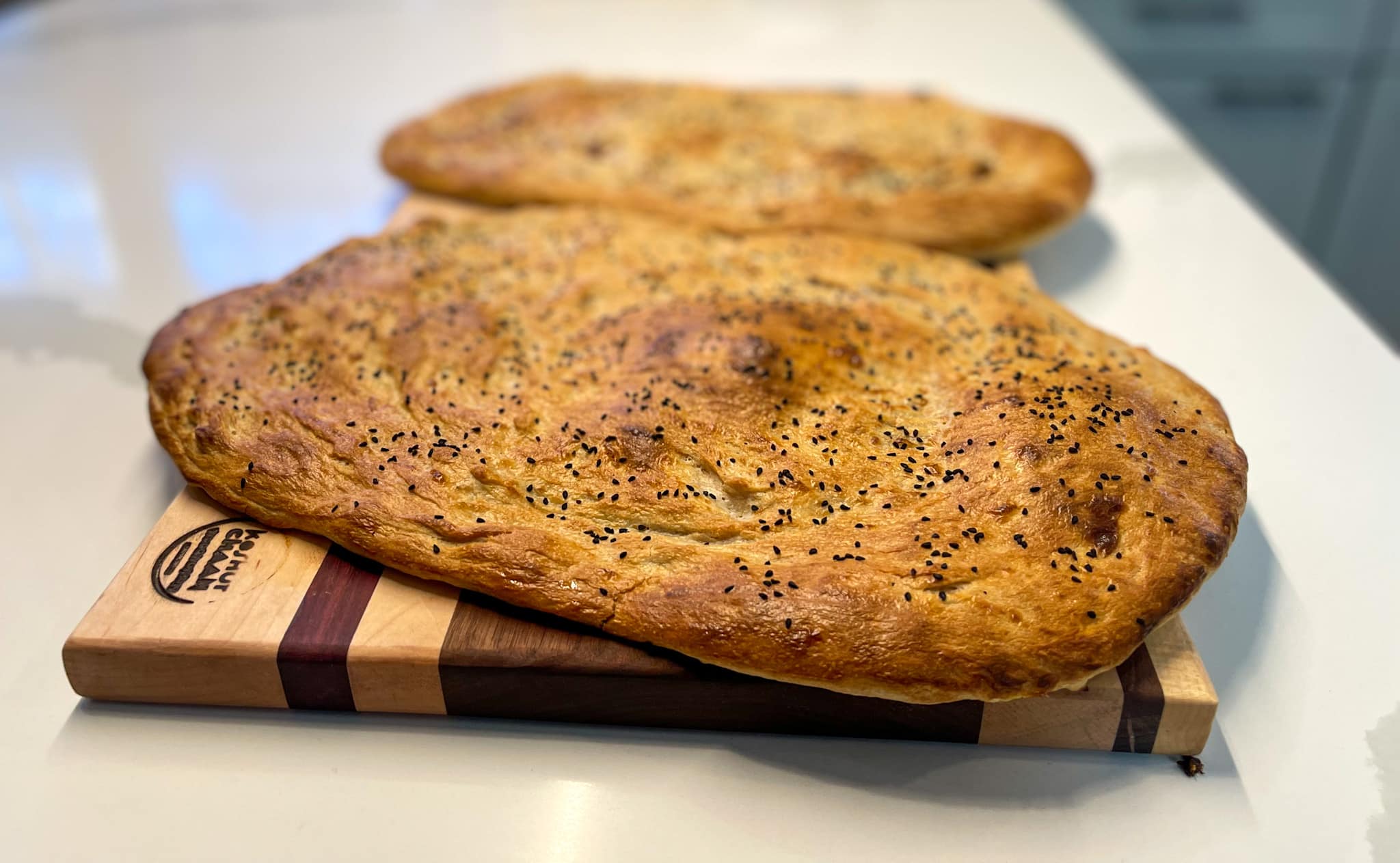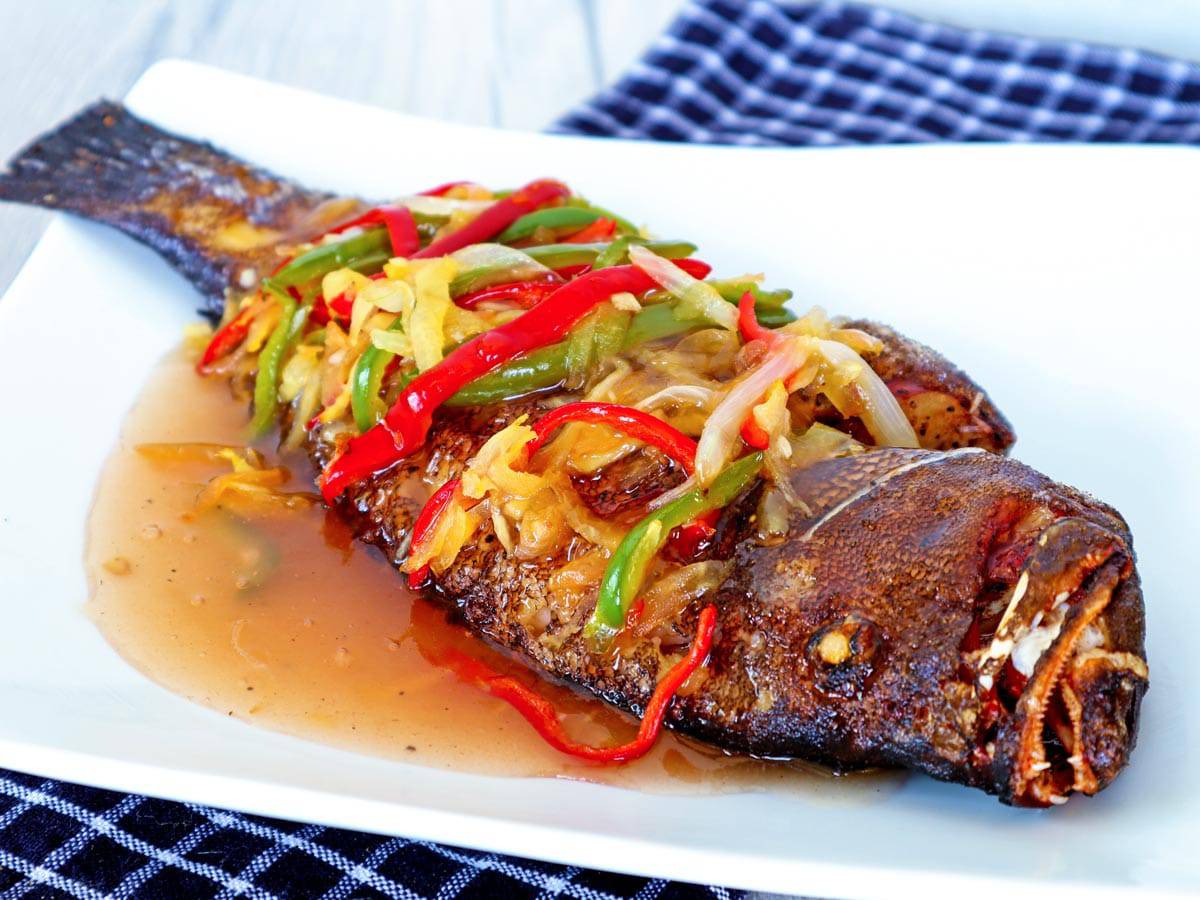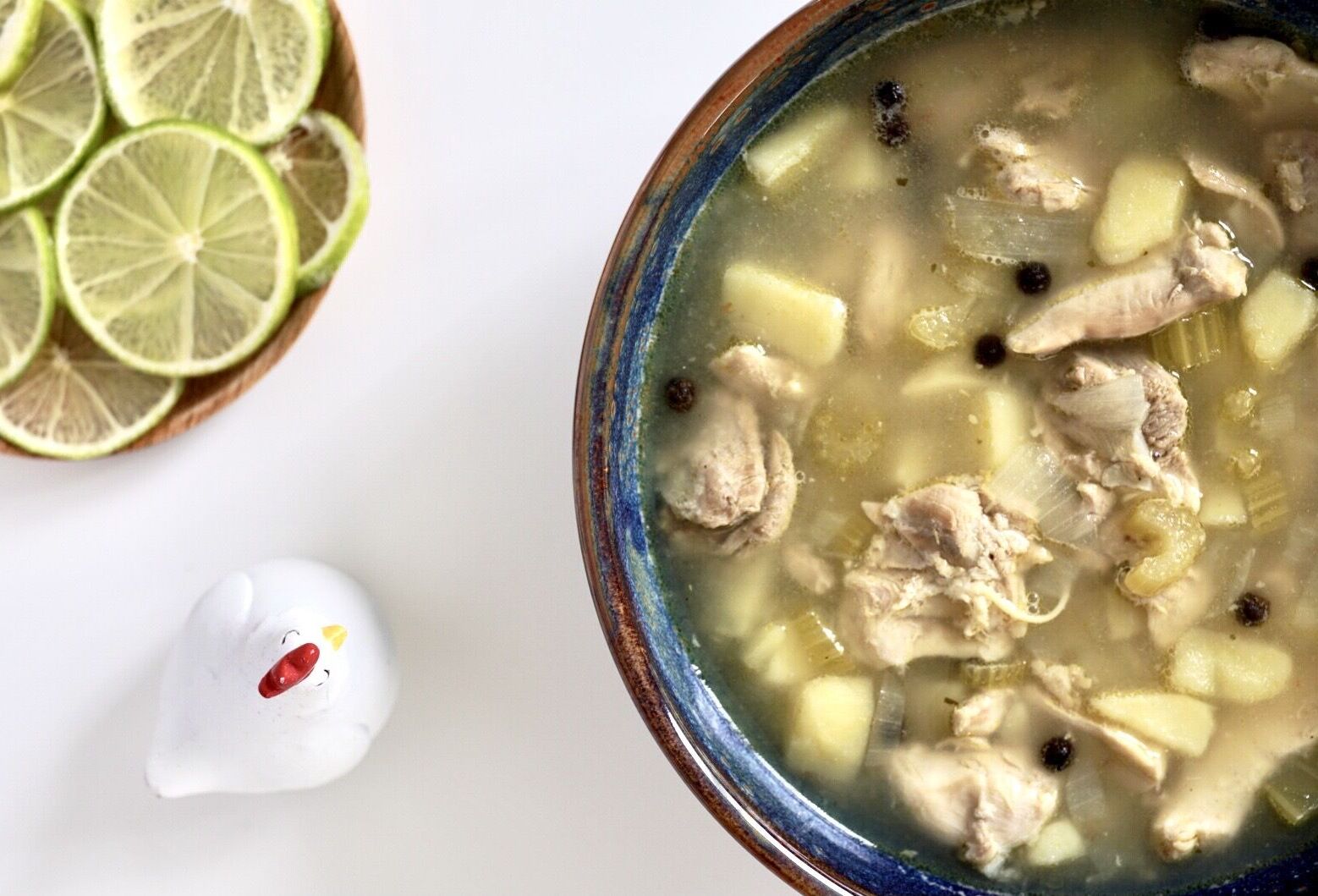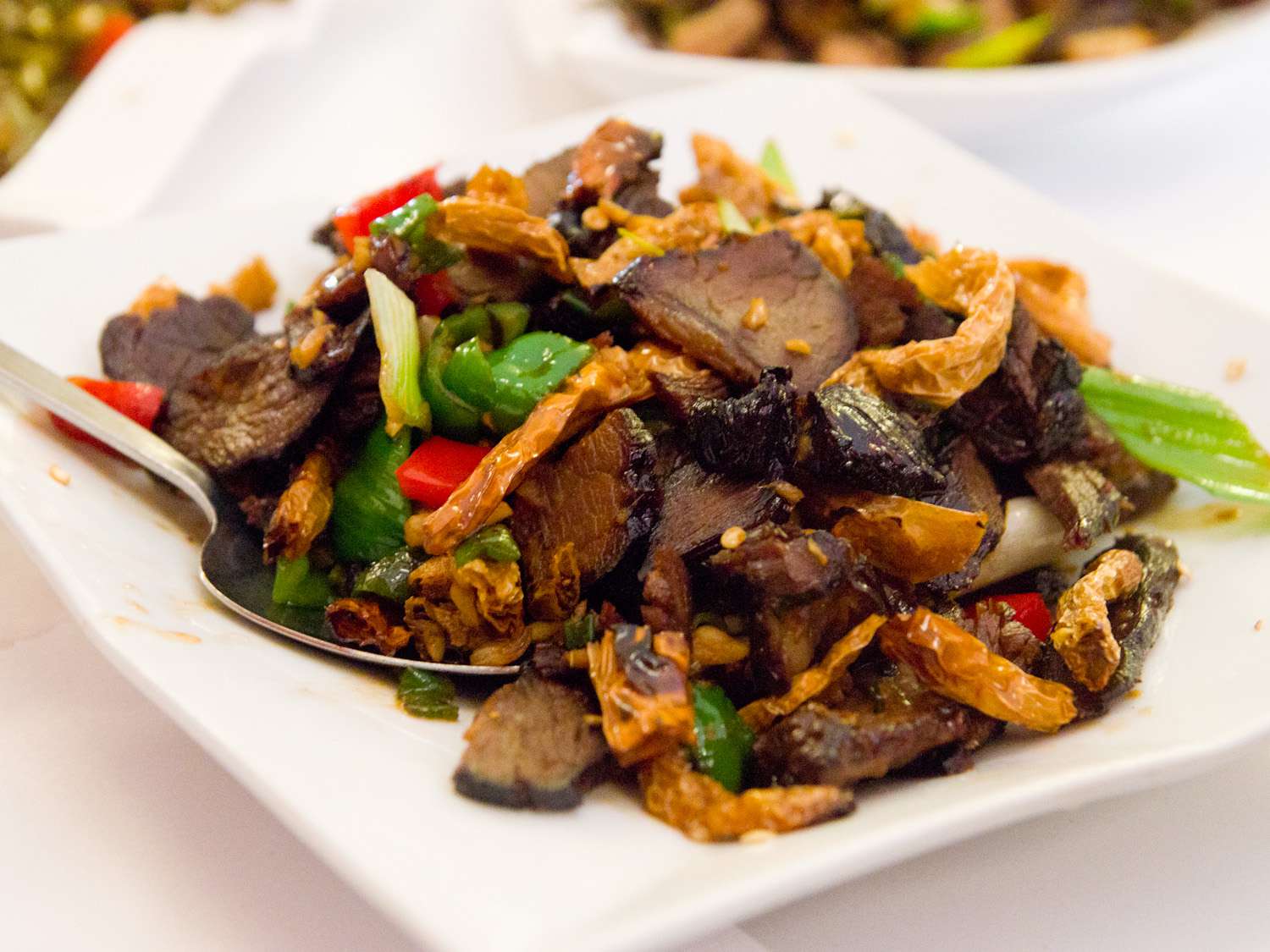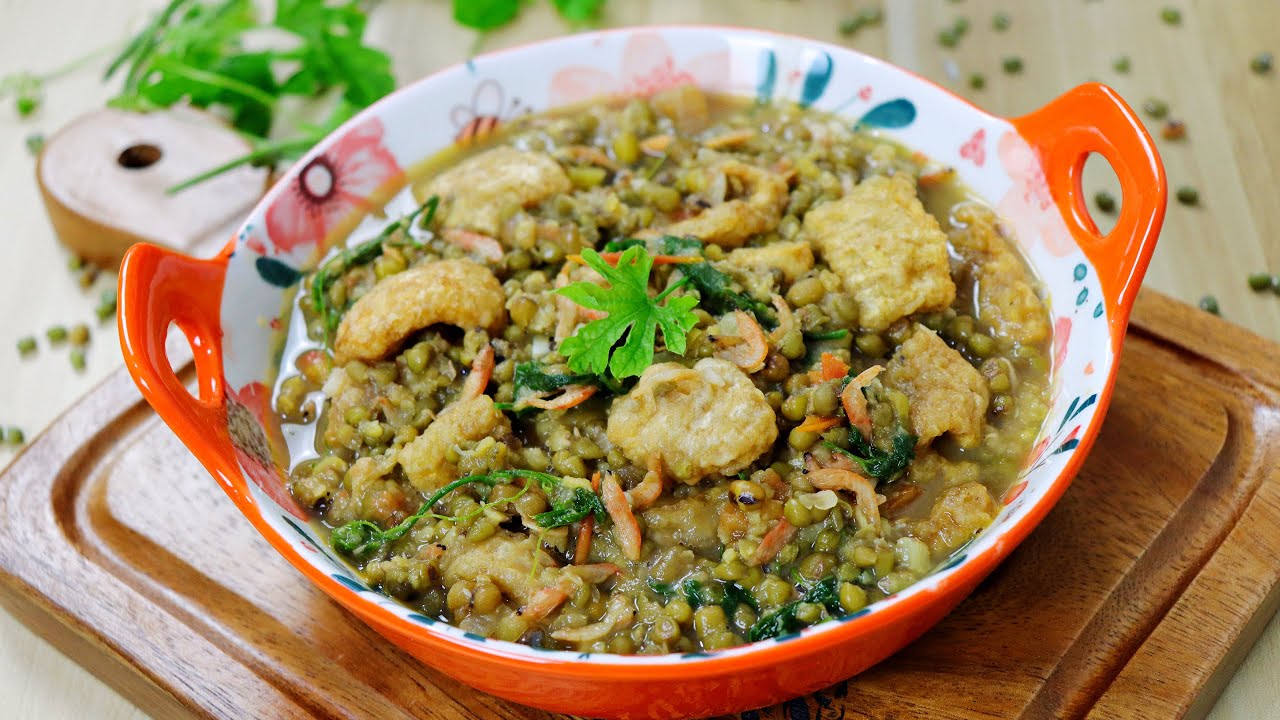Pork dishes vary widely across the nation, each region boasting unique flavors and techniques. From Southern barbecue ribs to Hawaiian kalua pig, pork takes center stage in many beloved recipes. Whether slow-cooked, smoked, or roasted, these dishes reflect local traditions and ingredients. Exploring these variations not only satisfies taste buds but also offers a glimpse into the diverse culinary heritage of different areas. Join us as we journey through the rich tapestry of pork dishes, uncovering what makes each one special. Get ready to savor the distinct tastes that make pork a favorite in kitchens coast to coast.
Essential Ingredients for a Nationwide Pork Adventure
-
Pulled Pork
- Pork shoulder
- Barbecue sauce
- Brown sugar
- Apple cider vinegar
- Garlic powder
- Onion powder
- Smoked paprika
- Salt
- Black pepper
-
Pork Belly
- Fresh pork belly
- Soy sauce
- Rice wine vinegar
- Honey
- Ginger
- Garlic cloves
- Sesame oil
- Chili flakes
-
Pork Chops
- Bone-in pork chops
- Olive oil
- Thyme
- Rosemary
- Garlic cloves
- Butter
- Salt
- Black pepper
-
Sausage
- Ground pork
- Fennel seeds
- Paprika
- Red pepper flakes
- Garlic powder
- Salt
- Black pepper
- Sage
-
Bacon
- Pork belly slices
- Kosher salt
- Sugar
- Pink curing salt
- Black pepper
- Maple syrup
Must-Have Tools for Crafting Delicious Pork Dishes
Tools Needed for Exploring Pork Variations Across the Nation
- Cutting Board
- Chef's Knife
- Meat Thermometer
- Mixing Bowls
- Measuring Cups and Spoons
- Cast Iron Skillet
- Grill or Grill Pan
- Slow Cooker
- Roasting Pan
- Baking Sheet
- Tongs
- Basting Brush
- Aluminum Foil
- Oven Mitts
- Food Processor
- Spice Grinder
- Marinade Injector
- Instant Pot
- Serving Platters
- Storage Containers
Pork variations across the nation include BBQ ribs in the South, schnitzel in the Midwest, carnitas in the Southwest, and pork roll in the Northeast, showcasing regional flavors and cooking styles.
The Importance of Exploring Pork Variations
Pork is a versatile meat enjoyed in many cultures. Each region has its unique way of preparing it, from barbecue in the southern United States to roast pork in China. Exploring these variations helps us appreciate different flavors and cooking techniques.
Understanding regional pork dishes connects us to traditions and history. It allows us to experience the richness of diverse cuisines. By trying different pork recipes, we celebrate cultural heritage and broaden our culinary horizons.
Your Journey Through America’s Pork Flavors: A Step-by-Step Guide
Exploring Pork Variations Across the Nation
-
Identify Regional Specialties
- Research local pork dishes from different regions.
- Note distinctive flavors and cooking techniques.
-
Gather Ingredients
- Source fresh pork cuts specific to each dish.
- Collect regional spices and seasonings.
-
Prepare the Pork
- Trim excess fat and silver skin.
- Cut pork into appropriate sizes for each recipe.
-
Marinate the Meat
- Combine spices and liquids for marinades.
- Coat pork evenly and refrigerate for several hours.
-
Cooking Techniques
- Grill: Use for dishes like Carolina BBQ.
- Smoke: Ideal for Texas-style brisket.
- Roast: Perfect for New England pork roast.
- Braise: Common in Southern pulled pork.
-
Monitor Cooking Times
- Use a meat thermometer to check internal temperature.
- Follow recommended cooking times for each method.
-
Rest the Meat
- Allow pork to rest after cooking.
- This helps redistribute juices for better flavor.
-
Prepare Accompaniments
- Make sides like coleslaw, cornbread, or potato salad.
- Prepare sauces such as BBQ sauce or gravy.
-
Serve the Dish
- Slice or shred the pork as needed.
- Arrange on a platter with sides and sauces.
-
Regional Variations
- Carolina BBQ: Focus on vinegar-based sauces.
- Texas BBQ: Emphasize smoky flavors and dry rubs.
- New England: Use herbs and apple cider.
- Southern: Incorporate sweet and spicy elements.
-
Presentation
- Garnish with fresh herbs or pickled vegetables.
- Use rustic platters for a traditional look.
-
Pairing Beverages
- Beer: Light lagers for Carolina BBQ.
- Wine: Bold reds for Texas BBQ.
- Cider: Complements New England flavors.
- Sweet Tea: Classic choice for Southern dishes.
-
Cultural Significance
- Understand the history behind each dish.
- Appreciate the regional pride in pork preparations.
-
Experiment with Flavors
- Try fusion dishes combining elements from different regions.
- Adjust seasonings to suit personal taste.
-
Share the Experience
- Host a pork tasting party with friends.
- Encourage guests to guess the region of each dish.
-
Document the Journey
- Take photos of each step.
- Write notes on flavor profiles and techniques.
-
Learn from Experts
- Watch cooking shows or read cookbooks focused on regional pork dishes.
- Attend local food festivals to sample authentic flavors.
-
Adapt for Dietary Needs
- Offer gluten-free or low-sodium versions.
- Use alternative ingredients for those with allergies.
-
Sustainability
- Choose ethically sourced pork.
- Support local farmers and butchers.
-
Enjoy the Process
- Savor the cooking experience.
- Relish the diverse flavors of pork from across the nation.
Savor the Diversity of Pork Dishes
Pork dishes across the nation showcase a rich tapestry of flavors and traditions. From Southern BBQ ribs to New England pork roasts, each region brings its unique twist to the table. These variations highlight the versatility of pork, making it a beloved staple in American cuisine. Whether you're a fan of spicy pulled pork sandwiches or prefer the savory sweetness of glazed ham, there's a pork dish out there to tantalize your taste buds. So next time you're planning a meal, consider exploring a new pork recipe from a different part of the country. You might just find a new favorite that brings a slice of American culinary heritage to your kitchen. Enjoy the journey of flavors and the stories each dish tells. Happy cooking!
All Your Questions About Pork Variations Answered
What are some popular pork dishes in the United States?
Some favorites include pulled pork, baby back ribs, pork chops, and pork belly. Each region has its own twist, like Carolina pulled pork with vinegar-based sauce or Kansas City ribs with a sweet, tangy glaze.
How do different regions prepare pulled pork?
In the Carolinas, pulled pork is often smoked and served with a vinegar-based sauce. Memphis style uses a dry rub and is typically served without sauce. Texas might add a bit of spice, while Kansas City goes for a sweeter, tomato-based sauce.
What is the difference between baby back ribs and spare ribs?
Baby back ribs come from the upper part of the ribcage and are shorter, leaner, and more tender. Spare ribs are from the lower part and are larger, meatier, and have more fat, making them flavorful but requiring longer cooking times.
How is pork belly typically used in American cuisine?
Pork belly is often used to make bacon or pork belly burnt ends. It can also be braised, roasted, or grilled, offering a rich, succulent flavor that's popular in both traditional and modern dishes.
What are some common seasonings for pork?
Popular seasonings include salt, pepper, garlic, paprika, brown sugar, and cumin. Regional blends might add ingredients like cayenne pepper for heat or mustard powder for tang.
Can you recommend a simple recipe for pork chops?
Sure! Season pork chops with salt, pepper, and garlic powder. Sear them in a hot pan with a bit of oil until browned on both sides. Finish in a 375°F oven for about 10 minutes or until the internal temperature reaches 145°F. Let them rest before serving.
What are some tips for cooking pork safely?
Always cook pork to an internal temperature of 145°F for whole cuts and 160°F for ground pork. Use a meat thermometer to check. Let meat rest for a few minutes before cutting to retain juices.
